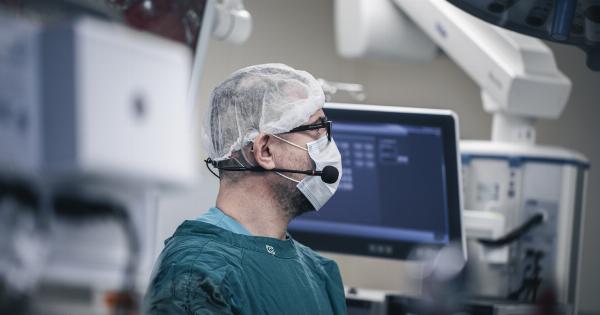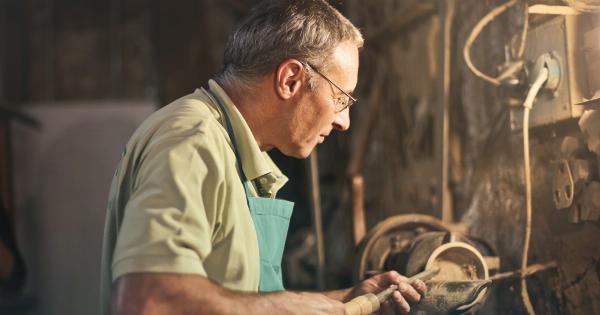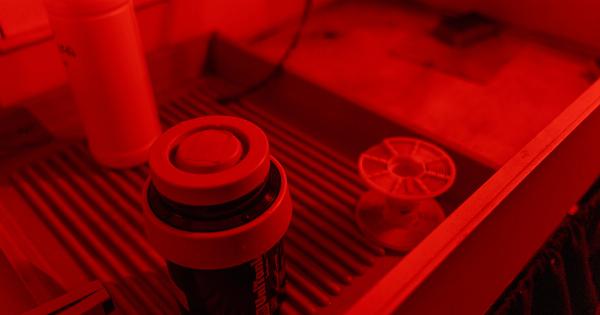3D printing is revolutionizing various industries by allowing users to create three-dimensional objects from digital files.
While the technology was initially limited to creating objects using plastic or metal materials, recent advancements have opened up new possibilities, including 3D food printing. Among the pioneers in this field is a company called Natural Machines, which has developed a cutting-edge 3D food printer known as Foodini.
This article dives into the magic of 3D printing with Foodini and explores its potential impact on the culinary world.
What is Foodini?
Foodini is a revolutionary kitchen appliance that allows users to prepare and create food in a whole new way.
With the ability to print a wide range of dishes, from sweet and savory foods to appetizers and desserts, Foodini combines the art of cooking with the precision of technology. The device is designed to provide both professional chefs and cooking enthusiasts with a convenient and creative solution to enhance their culinary experiences.
How Does Foodini Work?
Using Foodini is a straightforward process. First, users select a recipe or create their own custom design using the Foodini mobile app or web platform.
The app provides access to a growing library of pre-loaded recipes, or users can explore and experiment with their own creations. Once the design is finalized, the user adds ingredients to the Foodini’s food capsules. These capsules are filled with fresh and natural ingredients, allowing for complete control over the quality and nutritional value of the final printed dish.
After loading the ingredients, the user places the capsule into the Foodini, which extrudes the ingredients layer by layer to create the desired shape and structure.
The printer’s precision nozzles ensure accurate deposition, resulting in visually appealing and appetizing dishes. Additionally, the process can be customized to meet specific dietary or nutritional requirements, accommodating individual preferences and restrictions.
The Advantages of 3D Food Printing
1. Food customization: One of the significant benefits of 3D food printing with Foodini is the ability to customize each dish.
Users can experiment with different flavors, ingredients, and textures to create unique and personalized creations tailored to individual tastes.
2. Precise portion control: With Foodini’s precise extrusion capabilities, it becomes easier to portion meals perfectly.
This can be particularly useful for individuals who need to adhere to a specific diet plan or for professional chefs who aim to provide consistent servings.
3. Creative freedom: Foodini encourages users to unleash their creativity in the kitchen. Whether it’s shaping pasta or creating intricate chocolate decorations, the possibilities are limited only by the user’s imagination.
The printer allows users to bring their culinary visions to life with precision and delicacy.
4. Time-saving: Foodini simplifies complex cooking techniques that may require significant time and effort. With its automated process, users can save time while still creating visually stunning dishes.
This can be especially valuable for busy households or professional kitchens where time is always of the essence.
Applications of 3D Food Printing
The applications of 3D food printing are vast and varied, catering to different needs and interests. Here are some areas where Foodini’s 3D food printing technology is making an impact:.
1. Professional kitchens and restaurants: The precision and repeatability of Foodini’s 3D printing make it an ideal tool for professional chefs and restaurants.
Chefs can use the device to create intricate food presentations, custom-designed dishes, and innovative plating techniques that elevate the dining experience.
2. Customized meals: Foodini allows individuals with specific dietary needs, such as those following gluten-free or vegetarian diets, to have greater control over their meals.
Customized meals can be prepared with ease, ensuring that dietary restrictions are met without compromising on flavor or visual appeal.
3. Education and culinary training: 3D food printing is finding its way into culinary schools and educational institutions, enabling aspiring chefs to explore the possibilities of this innovative technology.
By incorporating Foodini into culinary programs, students can experiment and develop their skills in food design and presentation.
4. Personalized nutrition: With Foodini, it is possible to create nutritionally balanced meals using specific ingredients based on individual dietary requirements.
This can be particularly useful for people with food allergies or sensitivities who need to closely monitor their nutritional intake.
5. Food production for space exploration: As humanity embarks on long-duration space missions, such as Mars colonization, 3D food printing technology becomes vital for sustaining astronauts with fresh and nutritious meals.
Foodini’s ability to create custom-shaped and nutrient-rich dishes makes it an essential tool for future space explorations.
Challenges and Future Developments
While 3D food printing shows immense potential, there are still some challenges to overcome. Currently, the speed of food printing can be slower compared to traditional cooking methods.
The technology is continuously evolving to address this limitation and improve overall efficiency.
Another hurdle is the availability of ingredients in a suitable form for 3D printing.
Natural Machines, the company behind Foodini, is working on partnerships and collaborations with food producers to develop special food capsules that are compatible with the printer. These capsules contain fresh ingredients that are easily extruded and shaped during the printing process.
In the future, we can expect to see even more precise and versatile 3D food printers. This means that the culinary world will witness an explosion of creativity and innovation as chefs and food enthusiasts embrace the technology.
With advancements in printing speed and reliability, 3D food printing is likely to become more accessible to consumers, not just professionals, making it a common sight in households worldwide.
Conclusion
Foodini is a testament to the transformative power of 3D printing and its ability to revolutionize the culinary world. This cutting-edge appliance allows users to create personalized, visually stunning, and nutritionally balanced dishes with ease.
Whether it’s in professional kitchens, educational institutions, or everyday homes, 3D food printing has the potential to redefine how we think about food preparation and consumption. Exciting times lie ahead as technology continues to push the boundaries of culinary artistry, and Foodini stands at the forefront of this food revolution.





























